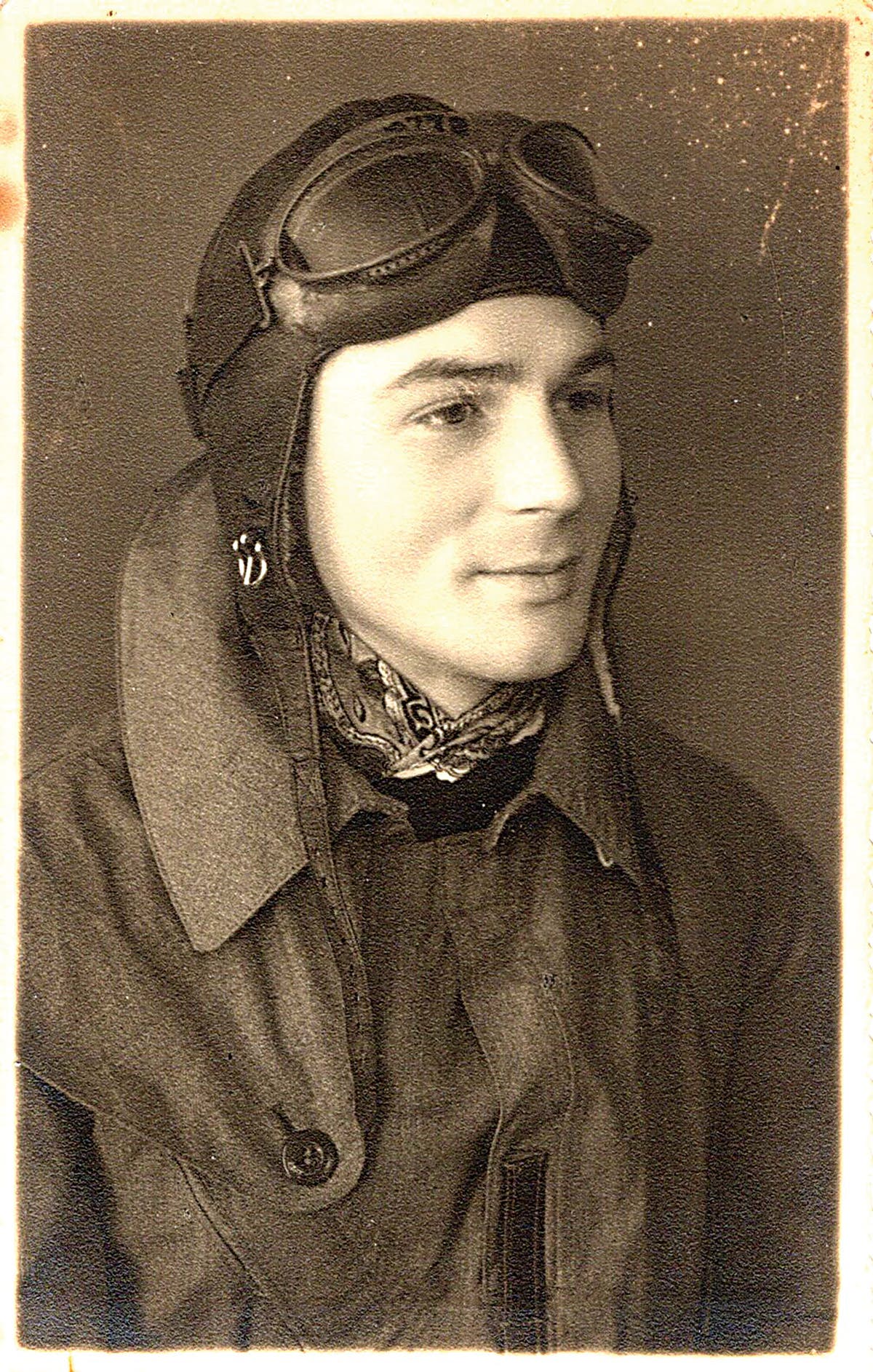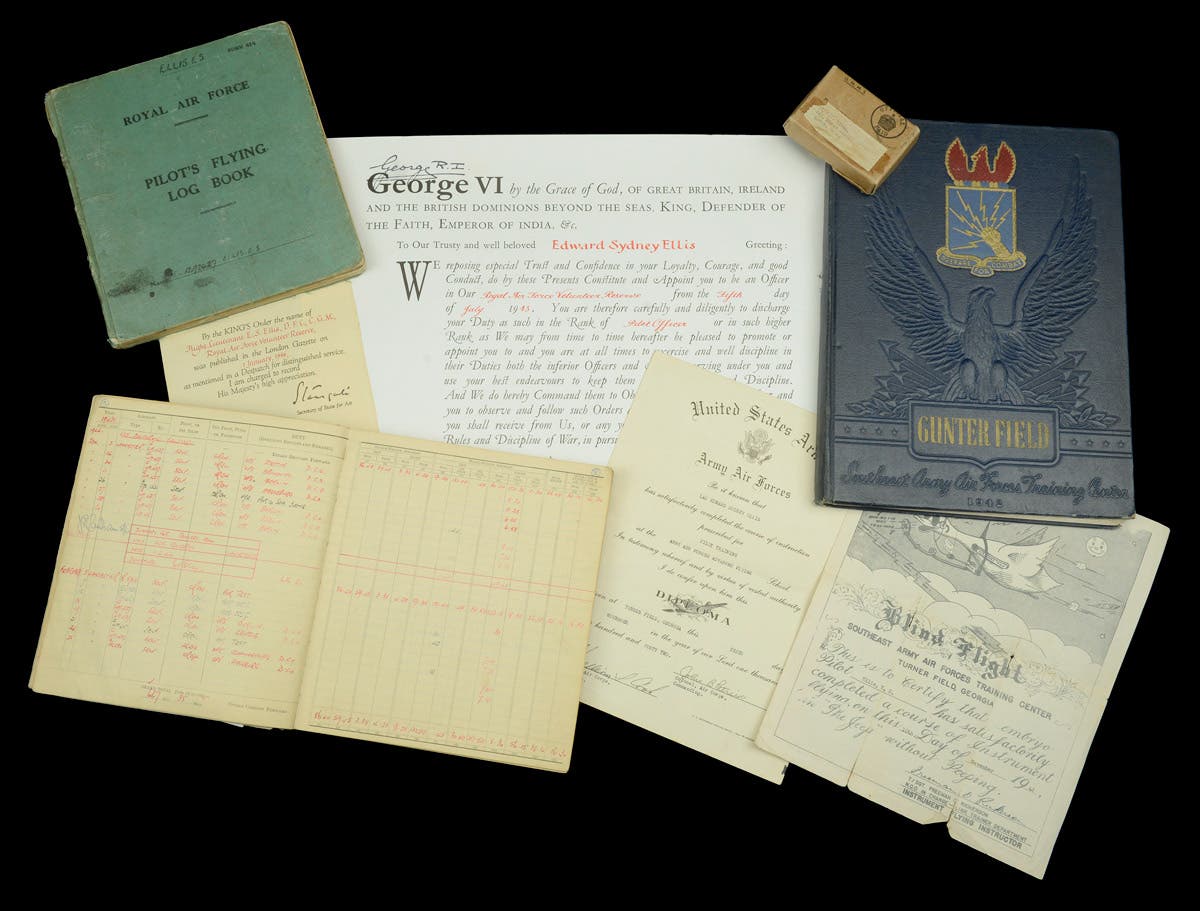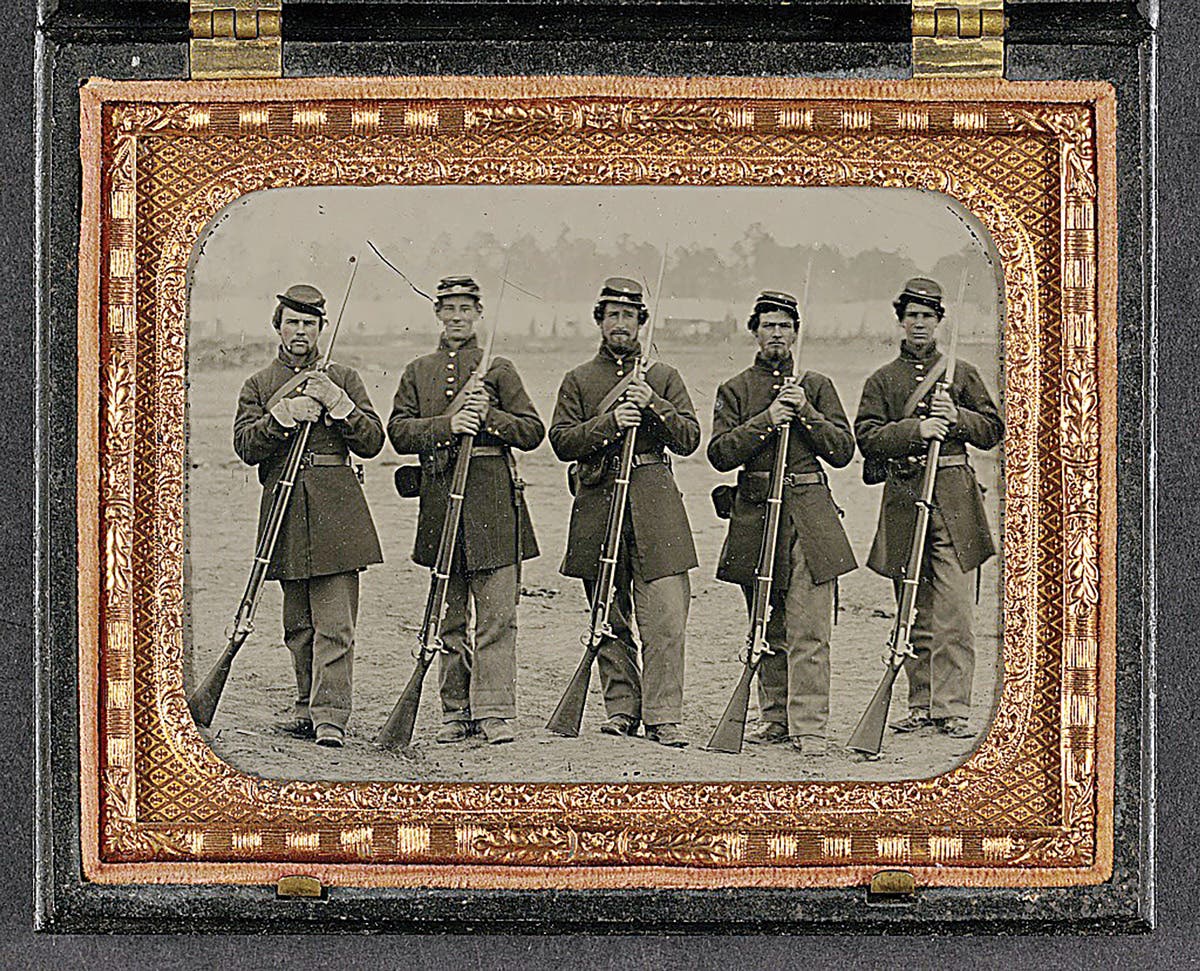USAF Deployment Patches
The advent of the Persian Gulf War (Desert Shield/Storm) has opened up a new avenue of collecting for military enthusiasts — deployment patches.
by John Plahovinsak
The advent of the Persian Gulf War (Desert Shield/Storm) has opened up a new avenue of collecting for military enthusiasts—deployment patches. While both the U.S. Army and Navy have produced their own deployment patches, the predominant producer and user of deployment patches is the United States Air Force.
Figure 1 (right). The 146th Fighter Interceptor Squadron, based in Pittsburgh, wore this patch during the 1974 William Tell competition. The three hypocycloids on this patch come from the trademark for the American steel industry and represent coal, ore and steel scrap—all materials used in making steel. In the 1970s, Pittsburgh was known as the “Steel City.”Figure 2 (center).Due to the rapid deployment of Air Force units to Saudi Arabia during Desert Shield, these patches were manufactured by local vendors. These patches (such as the 67th Aerial Port Squadron) are distinctive because of their precision of design, lettering and primarily desert-color versions.Figure 3 (right). Turkish patch manufacturers produce color versions of unit patches, such as the 128th Air Refueling Wing. Often, the basic design of the color deployment patch remains the same, but the lettering on the patch changes. Turkish-made deployment patches are often produced in both desert and color versions of the same design.
Jerry Polder (www.aeroemblem.com) has documented more than 400 different USAF patches in his reference book, USAF Patches of the Persian Gulf War. Subsequent USAF units deployed to the southwestern Asia region for Operation Provide Comfort and Operation Northern/Southern Watch have also manufactured their own deployment patches.
Operation Northern/Southern Watch was the USAF enforcement of the “no fly” zones in Iraq following Desert Storm. Operation Provide Comfort, lasting from April to July 1991, was the humanitarian relief assistance provided to the Kurdish refugees in northern Iraq. Several of the patches related to these two operations are illustrated within Polder’s publication.
DEPLOYMENT PATCH HISTORY
Prior to Desert Shield/Storm, deployment patches signified only individual temporary duty (TDY) rotations (such as Cope Thunder and Red Flag) or competition-type patches (such as William Tell and Air Rodeos—see Figure 1). In the years following Desert Shield/Storm, many USAF units deployed to southwestern Asia produced their own distinctive patches—normally desert-colored—to denote their participation in the operation.
Figure 4 (left). The 180th Fighter Wing, based in Toledo, had several different variations made of this desert-colored Turkish-made patch during their Operation Northern Watch deployment. The unit also had a desert-color crest-shaped patch manufactured for the deployment. In addition, there is a generic version of this patch for Operation Northern Watch, in both desert-color and color with no distinctive unit identification. Figure 5 (center). The European-made deployment patch closely resembles the Southeastern Asia-made patch and is also manufactured in desert-color or color versions. These patches (such as the 13th Expeditionary Fighter Squadron) exhibit both good workmanship and design elements. Figure 6 (right). The 146th Air Refueling Squadron desert-color patch is identical to their authorized color version of their patch. Southeastern Asian deployment patches are manufactured in either Korea or Taiwan and display good quality in their craftsmanship.
The Operation Northern/Southern Watch enforcement era closed with the terrorist incidents of September 11, 2001. A new phase of deployment patches initiated after that point. Operation Noble Eagle, Operation Enduring Freedom, and Operation Iraqi Freedom all spawned deployment patches with their distinctive identification on the patch to signify in which phase or operation the unit was engaged during this period.
Most deployment patches were (and still are) manufactured in limited quantities at overseas locations and produced by unit members as souvenirs of their participation. They are worn during the overseas deployments. Upon redeployment to the United States, the regulation unit patch normally replaces these deployment patches.
At times, the stateside headquarters of the unit is unaware of the deployment patch being worn while the unit is overseas. For example, the headquarters of the 145th Air Refueling Squadron (Columbus, Ohio) was unaware that unit members overseas manufactured a desert-colored version of their squadron patch. The command section of the 159th Fighter Wing (New Orleans, Louisiana) was unaware that their deployed unit members produced a color patch for their deployment to Iceland in 2004. These examples demonstrate that deployment patches are difficult to obtain because of the limited numbers manufactured and the high value placed on them by unit members.
NOT "MADE IN THE U.S.A"
There are four basic regions that manufacture deployment patches: Turkey, Saudi Arabia and surrounding areas, Southeast Asia, and Europe. Ironically, there are very few locations in the United States that actually manufacture deployment-type patches. Although numerous stateside patch companies sell unit deployment patches, almost all deployment patches are made through subcontractors/companies in the Far East—usually Taiwan, Thailand, or China.
It is easy to establish a patch’s origin by examining distinctive features or manufacturing characteristics. Deployment patches manufactured in the Saudi Arabian region have design characteristics that are normally sharp, distinctive and predominately desert-colored (see Figure 2). Most of these patches have a white cloth on the reverse of the patch. In direct contrast, patches manufactured in Turkey are made both in color (Figure 3) and desert-colored (Figure 4) versions and are not so precise in either their design or craftsmanship. Some of the lettering on the patch is uneven (in height and spacing) and the designs are rough in appearance.
European-made patches display good craftsmanship and are produced in either the desert-colored (Figure 5) or colored version. Southeastern Asia patches (Figure 6) display their own distinctive craftsmanship and usually replicate the existing patch in exact detail, but in a desert-colored version. It is very difficult for the average collector to distinguish between European-made and Southeastern Asian-made deployment patches because of their similar levels of craftsmanship.
"DESERT' PATCHES: WHAT COLOR?
The USAF has never rendered a firm decision on what constituted an official desert-color for their patches. Consequently, there is a wide variety of the coloring of desert patches, ranging the spectrum from “bright” to “very desert subdued.” The USAF Uniform Board has been contemplating making “spice,” “almond,” and “black,” the only official desert colors used for deployment patches. Nothing, however, has officially been decided by this Board.
EXPEDITIONARY PATCHES
Another significant branch of USAF deployment patches are expeditionary patches. These patches are manufactured in both desert and color versions and are easily identifiable because they either contain the word “expeditionary” on the patch or in the unit designation (494th EFS; 13th EFS or 410th EOG) of the patch.
COLLECTING DEPLOYMENT PATCHES
Some collectors prefer to specialize in only one type of deployment patches, normally USAF, Army, or Navy, because of the relative associated costs. Army deployment patches are normally divided into two basic categories. The first category is the desert-color version of the standard regulation military patch for the unit that is worn on the shoulder. The second category of Army deployment patches is primarily for aviation or medical units. These patches are worn on the uniform pocket. The aviation and medical patches can be manufactured in either color or sand-color versions.
Navy deployment patches are considered either “cruise” patches or related directly to naval aviation units. “Cruise” patches are normally manufactured in color and denote when the vessel was deployed within the theater of operation. These “cruise” patches are not worn on uniforms but sewn on jackets or utility bags. Naval aviation squadron patches are manufactured in both color and desert-colored versions and are normally worn on uniforms.
Since there is no definitive reference book of USAF deployment patches, collectors often have to rely on various Web sites that display regular patches and also a limited number of deployment patches. Deployment patch collectors normally print the patches from the Web sites and establish a loose-leaf reference book for their use.
CLICK HERE to share your opinions or knowledge in the Militaria Community Forum








